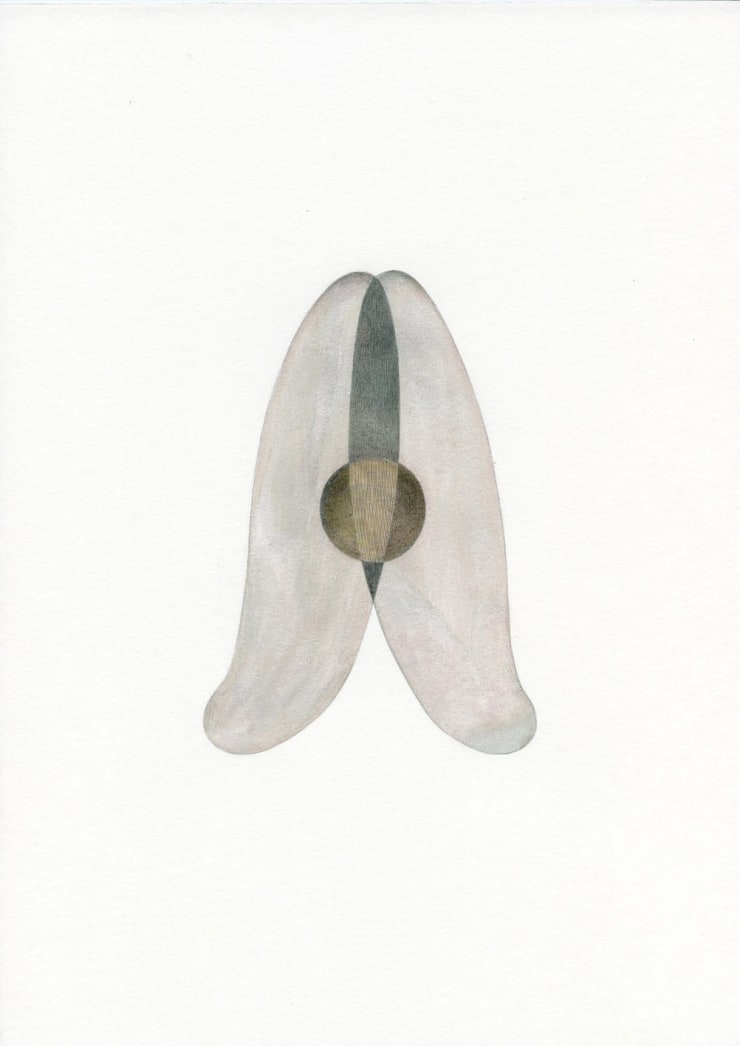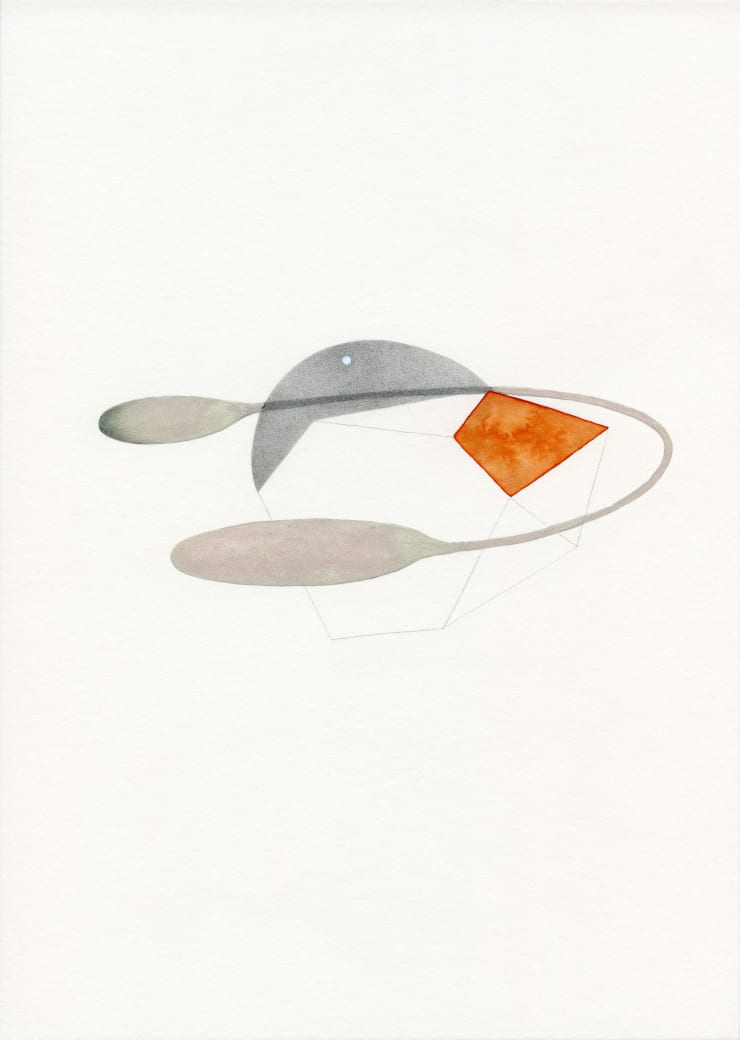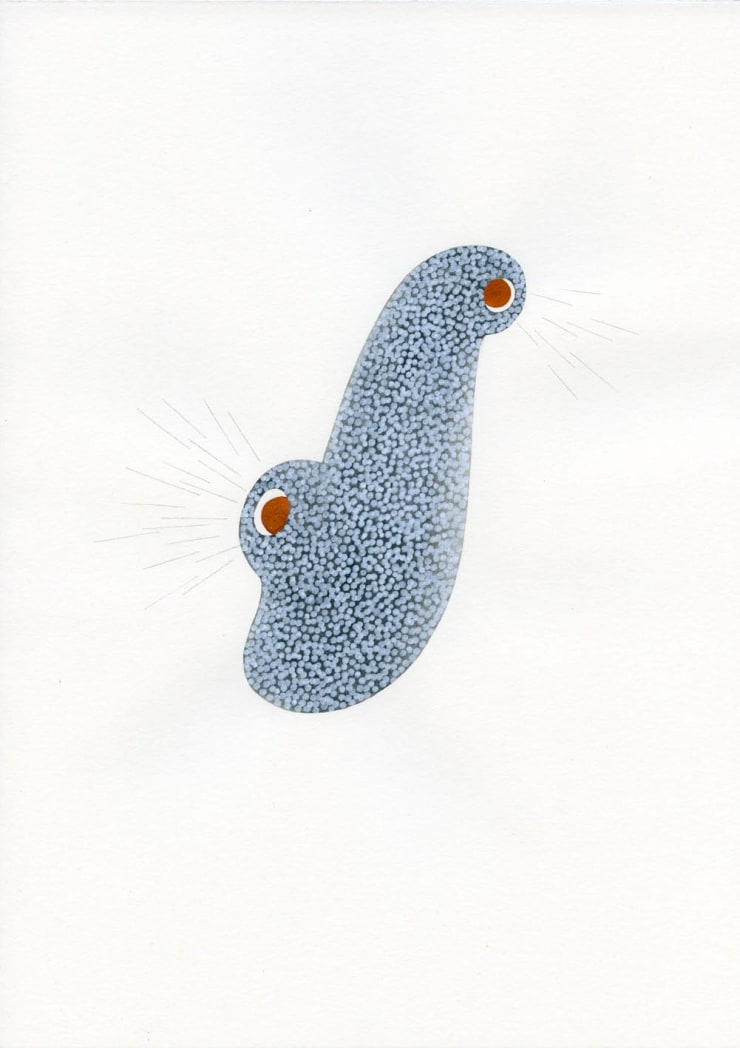-
PRETTY SHINY STUFF
BY ASTRID KÖPPE -
Artist Feature: Astrid Köppe
PRETTY SHINY STUFF 1 Apr 2022Tayloe Piggott Gallery artist Astrid Köppe introduces her work and guides us through her Berlin-based studio. Köppe was born in Köthen, Germany, in 1974. She studied a Braunschweig University of... -
Astrid Köppe is a German artist who explores the beauty of unknown and mysterious shapes through her detailed drawings of abstract forms. Köppe produces a cognitive dissonance in her viewers by complicating both the identification of the object as well as the aesthetic aspects of the work. She enjoys playing with the boundary of the beautiful and exploring the concept of the distasteful. Her drawings often depict shapes that are impossible to classify or name. Plant, animal, mineral, or some strange hybridized combination of these, each work defies classification.
-
Köppe’s artwork is inspired by landscapes, animals, or objects that she has seen; however she never wants the viewer to be sure of what they are looking at. The drawings Köppe finds the most satisfying are those that are “settled and unsettled at the same time.” While Köppe was studying in South Korea in 2011, the region experienced a severe monsoon that covered the area in a mold. Torn between disgust and fascination, Köppe found the textures and patterns growing all around her too exciting to ignore. This experience profoundly affected her art and inspired her to blur the definition of aesthetically pleasing objects. Often there are hair-like or mold-like protrusions in her drawings that force the viewer to reconcile society’s definition of unrefined or gross qualities with the artistic shape before them. Köppe’s technical perfection creates an illusion in the viewer’s mind that the unique image in front of them exists in our universe. Her drawings are reminiscent of detailed illustrations in biology textbooks and provoke the viewer to create a novel taxonomy of her mysterious forms. It is this struggle to rationalize the unfamiliar that engages us with Köppe’s work and asks us to reflect on our conception of unusual shapes.
-

Join our mailing list
* denotes required fields
We will process the personal data you have supplied in accordance with our privacy policy (available on request). You can unsubscribe or change your preferences at any time by clicking the link in our emails.






















